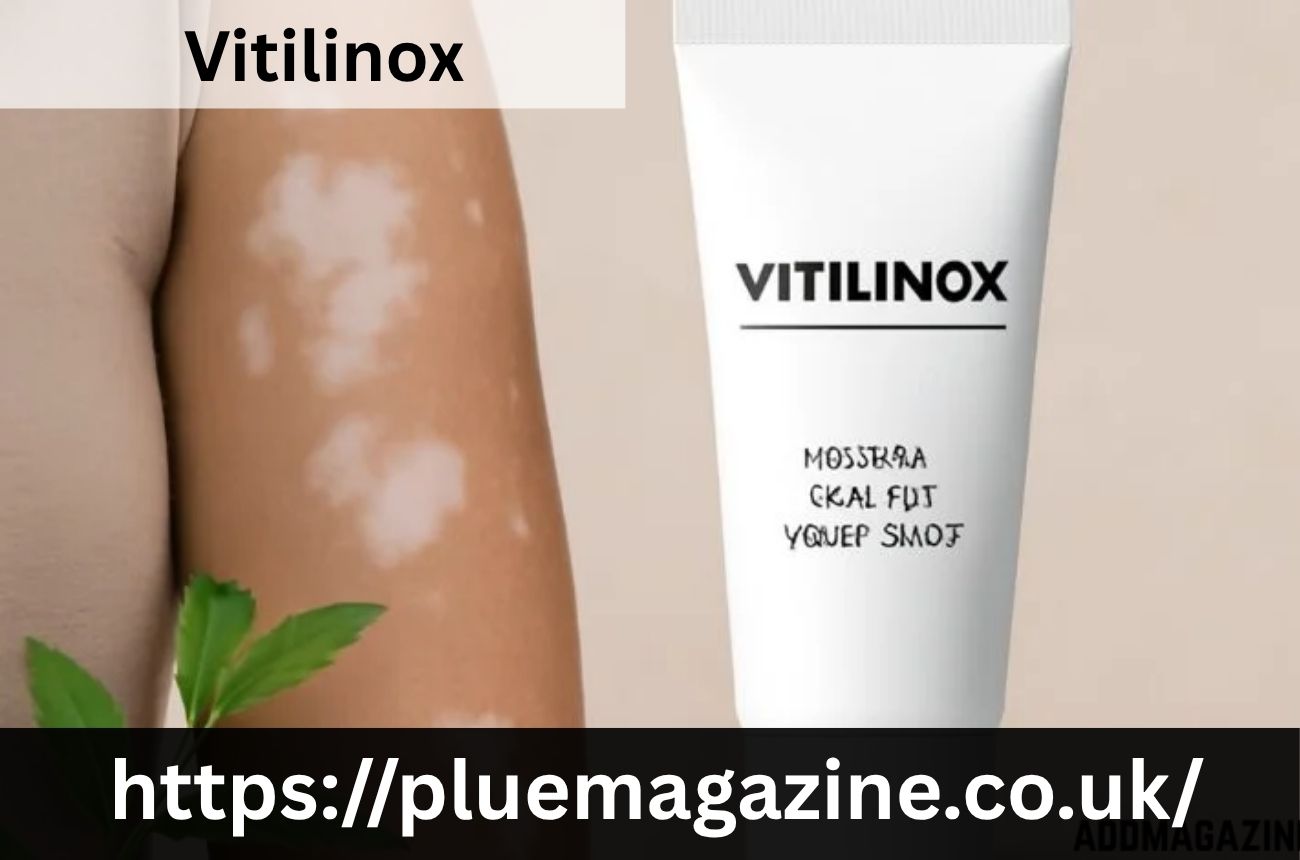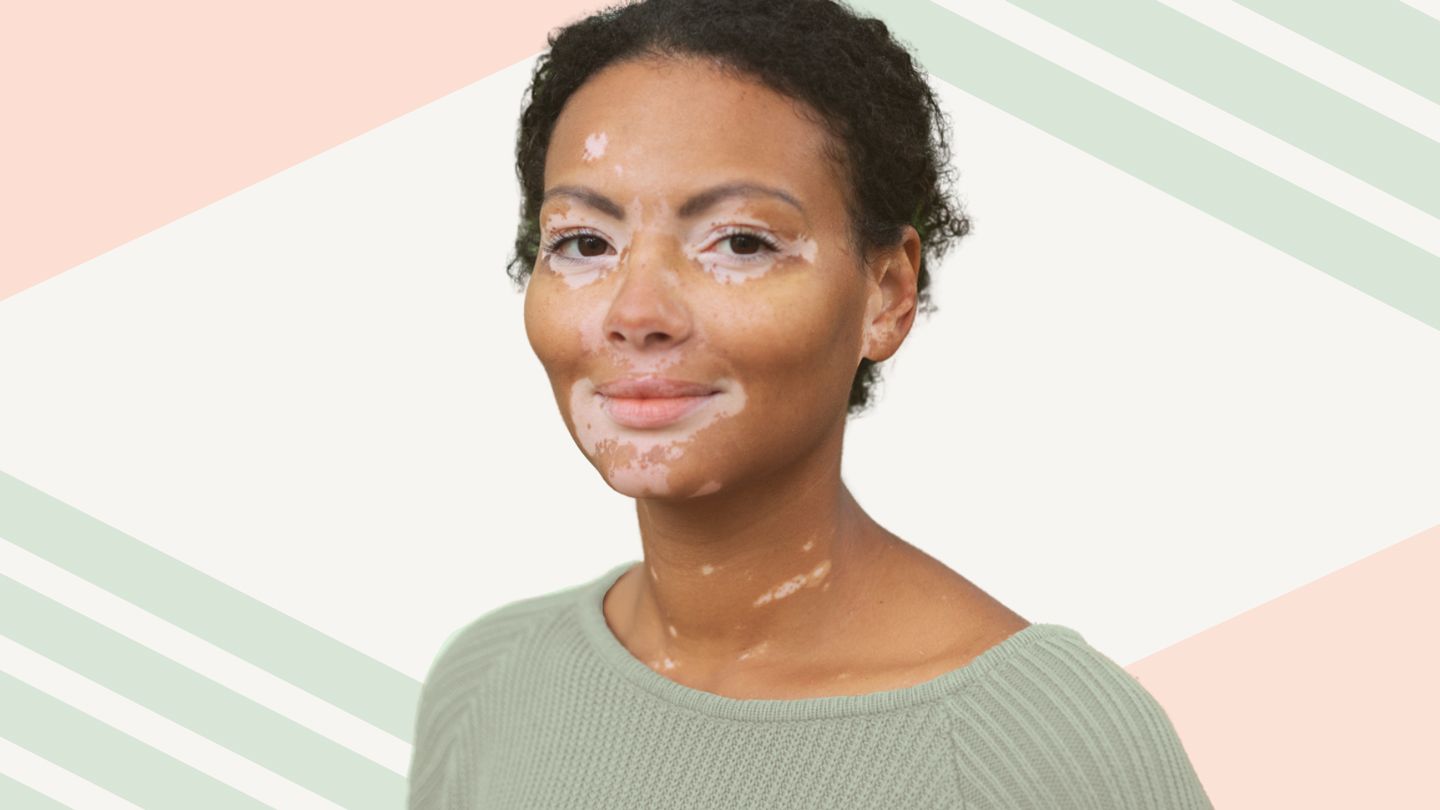Guide
Vitilinox – Scam or Real Solution for Vitiligo?

Vitiligo is a skin condition that affects millions globally, marked by the gradual loss of pigment cells (melanocytes), leading to white patches on the skin. With treatments often limited and long-term, many individuals are constantly on the lookout for natural or alternative therapies. One such product gaining attention is Vitilinox — a supplement marketed as a potential support for skin pigmentation issues like vitiligo. But is it truly effective, or just another clever scam?
In this article, we explore the science behind Vitilinox, its ingredients, user experiences, and the latest findings — helping you determine whether it’s worth your time and trust.
What is Vitilinox?
Vitilinox is a dietary supplement formulated to support individuals dealing with vitiligo. Unlike topical creams or UV therapies, Vitilinox works from the inside out by targeting the potential root causes of pigment loss. It is composed of a blend of natural compounds, vitamins, antioxidants, and minerals that claim to nourish the skin, regulate immune responses, and promote melanin production.
Though not classified as a medication or medical cure, Vitilinox presents itself as a complementary aid for those exploring non-invasive solutions to support skin health.
The Rising Popularity of Natural Remedies for Vitiligo
With growing skepticism around chemical-based treatments and long-term pharmaceutical interventions, many individuals are turning to natural remedies. Vitilinox falls into this category, tapping into the holistic wellness trend. Its promise lies in its unique formulation that supposedly works with the body rather than overriding its processes.
The supplement has garnered attention in online communities and alternative health forums, with some claiming noticeable improvements in skin tone uniformity over time.
Core Ingredients of Vitilinox: What’s Inside?
Vitilinox’s formulation is where much of its promise (and scrutiny) lies. According to product literature and independent lab analysis, the key components include:
-
L-Phenylalanine: An essential amino acid known to stimulate melanin production when used with phototherapy.
-
Ginkgo Biloba Extract: Believed to improve microcirculation and modulate autoimmune responses.
-
Copper: A trace mineral required for tyrosinase activity, essential for melanin synthesis.
-
Vitamin B12 and Folic Acid: Studies have shown that deficiencies in these vitamins may be linked to pigment loss.
-
Zinc and Selenium: Antioxidants that protect melanocytes from oxidative stress.
Each of these ingredients has been individually studied in relation to skin health, and together, they form a complex that aims to target various pathways involved in pigment loss.
How Does Vitilinox Claim to Work?
Vitilinox operates on several levels:
-
Immune System Modulation: Vitiligo is thought to have an autoimmune component. Some ingredients in Vitilinox may help reduce inflammatory immune responses that destroy melanocytes.
-
Oxidative Stress Reduction: Antioxidants combat free radicals that may trigger melanocyte death.
-
Melanin Production Support: With amino acids and minerals like copper, the supplement aims to kickstart melanin synthesis.
The multi-pronged approach appears to target the condition holistically, rather than just treating the symptoms.
Is There Scientific Backing?
While there are limited large-scale clinical trials on Vitilinox specifically, some of its individual ingredients have shown promise. For instance:
-
A study published in the Journal of Dermatology found that Ginkgo Biloba may help stabilize vitiligo and reduce the progression of patches.
-
L-Phenylalanine, when combined with UV therapy, has been shown to enhance pigmentation in several small studies.
-
Vitamin B12 and Folic Acid, according to dermatological research, may contribute to the repigmentation process when used over time.
However, Vitilinox as a branded formulation has yet to undergo independent peer-reviewed trials, which remains a limitation in verifying its full efficacy.
User Reviews and Real-World Results
User reviews online range from hopeful to enthusiastic. Many report subtle but steady repigmentation in smaller patches, improved skin texture, and reduced flare-ups. It’s important to note that results vary widely depending on the severity of vitiligo, age, and how early the supplement is introduced after onset.
However, a small segment of users sees no noticeable improvement, often within the first 2-3 months. This variability is expected, as vitiligo itself has unpredictable patterns and progression.
Is Vitilinox a Scam?

Calling a product a “scam” requires evidence of intentional deception, false claims, or harm. Vitilinox, as of now, does not appear to fall under that category. It is a legally marketed supplement with a clear ingredients list, disclaimers, and proper labeling. That said, it’s crucial to manage expectations:
-
It is not a cure for vitiligo.
-
Results are not guaranteed.
-
It is most effective when used as part of a broader care plan (including sun protection, medical consultation, etc.).
Informed users who understand the limitations and possibilities of natural supplements are less likely to feel misled.
Who Can Benefit from Vitilinox?
Vitilinox may benefit individuals who:
-
Are in the early stages of vitiligo.
-
Prefer natural or adjunctive therapies.
-
Have no known allergies to its ingredients.
-
Are looking for non-invasive support for skin health.
It is not recommended for pregnant women, children under 12, or individuals undergoing aggressive autoimmune therapies without consulting a healthcare provider.
Side Effects and Safety Considerations
Vitilinox is generally well-tolerated when taken as directed. However, potential side effects may include:
-
Mild gastrointestinal discomfort
-
Allergic reactions (to ginkgo or other herbs)
-
Headaches (due to Ginkgo Biloba in sensitive individuals)
Always consult a healthcare provider before starting any supplement, especially if you have pre-existing conditions or are on medications.
Dosage and How to Take Vitilinox

The recommended dosage is typically two capsules daily, ideally taken with food to improve absorption. Users are advised to take it consistently for at least 90 days before evaluating results, as skin regeneration and pigment recovery can be slow.
How Does It Compare to Conventional Treatments?
Traditional treatments for vitiligo include corticosteroids, light therapy (PUVA or NB-UVB), and immunomodulators. While these can be effective, they often come with side effects or the risk of skin thinning, especially with long-term use.
Vitilinox, by contrast, offers a lower-risk, supplement-based approach. While it may not work for everyone, it could be a complementary option for those seeking less aggressive therapies.
Where to Buy Vitilinox
Vitilinox is available through the official website and select online supplement retailers. Purchasing directly from the manufacturer ensures you receive a genuine product and may include a satisfaction guarantee or refund policy.
Prices range from $49 to $69 per bottle, with discounts available for multi-bottle purchases.
Final Verdict
Based on current knowledge, Vitilinox is not a scam, but it is also not a miracle cure. It appears to be a thoughtfully formulated supplement that offers potential benefits for some individuals with vitiligo, especially when used alongside professional care.
As with any natural product, results are individual and require patience, consistency, and realistic expectations. Anyone considering Vitilinox should approach it as part of a broader skin health strategy, not a standalone solution.
Frequently Asked Questions (FAQs)
1. Does Vitilinox actually cure vitiligo?
No, Vitilinox does not cure vitiligo. There is currently no known permanent cure for the condition. Vitilinox is a supportive supplement, aiming to nourish the body with ingredients that may aid in repigmentation and reduce the progression of depigmented patches. Some users report improvement in skin tone and stability of their condition, especially when used over several months, but it should be used as a complementary therapy, not a standalone treatment.
2. How long does it take to see results with Vitilinox?
Results vary from person to person. Some users notice subtle changes in 2 to 3 months, while others may need 6 months or longer to assess any visible improvements. Since vitiligo affects individuals differently, the degree of repigmentation, if any, can be influenced by factors such as age, immune activity, sun exposure, and consistency of use. It is a slow process, and users are advised to be patient and track progress over time.
3. Is Vitilinox safe to use with other medications?
In most cases, Vitilinox is safe to use alongside other medications, but you should always consult your physician or dermatologist before starting it. Ingredients like Ginkgo Biloba can potentially interact with blood thinners or medications affecting the nervous system. Also, if you’re undergoing immunosuppressive therapy, introducing immune-modulating supplements could interfere with your treatment plan.
4. Are there clinical studies backing Vitilinox’s effectiveness?
Vitilinox itself does not have large-scale published clinical trials yet, but many of its individual ingredients have been studied for their potential role in skin pigmentation, antioxidant activity, and immune regulation. For instance, Ginkgo Biloba and L-Phenylalanine have both been studied in small trials for vitiligo support. However, until Vitilinox is tested in controlled human trials, its effectiveness remains promising but not conclusively proven.
5. Can children or teenagers use Vitilinox?
Vitilinox is generally not recommended for children under 12 years of age unless under medical supervision. Teenagers may use it with parental guidance and after consultation with a healthcare provider. The formulation is intended for adults, and dosage levels may not be appropriate for young children, especially considering their metabolic and immune system differences. Safety should always be the priority when introducing any supplement to minors.
-

 Celebrity8 months ago
Celebrity8 months agoWho Is Elizabeth Buckley Harrold O’Donnell? A Closer Look at Lawrence O’Donnell’s Family
-

 Celebrity8 months ago
Celebrity8 months agoNathaniel Mandrell Dudney: Insights into Barbara Mandrell’s Family Life
-

 Celebrity8 months ago
Celebrity8 months agoWho Is Vera Davich? A Deep Dive into Her Life and Relationship with Scott Patterson
-

 Celebrity8 months ago
Celebrity8 months agoTalia Elizabeth Jones: Exploring Her Connection to Davy Jones
















